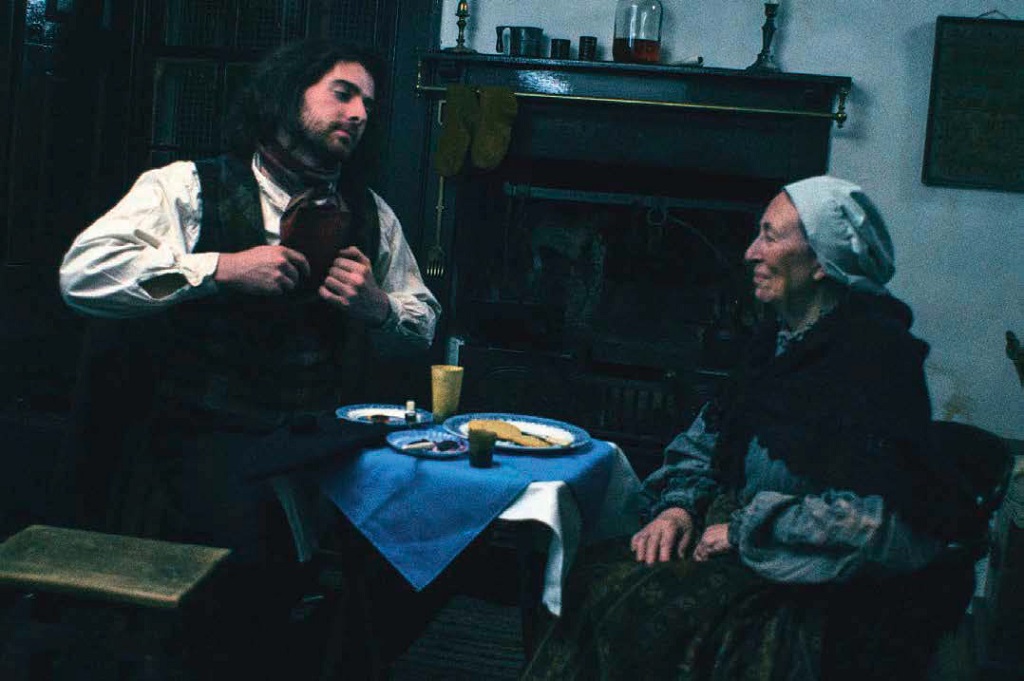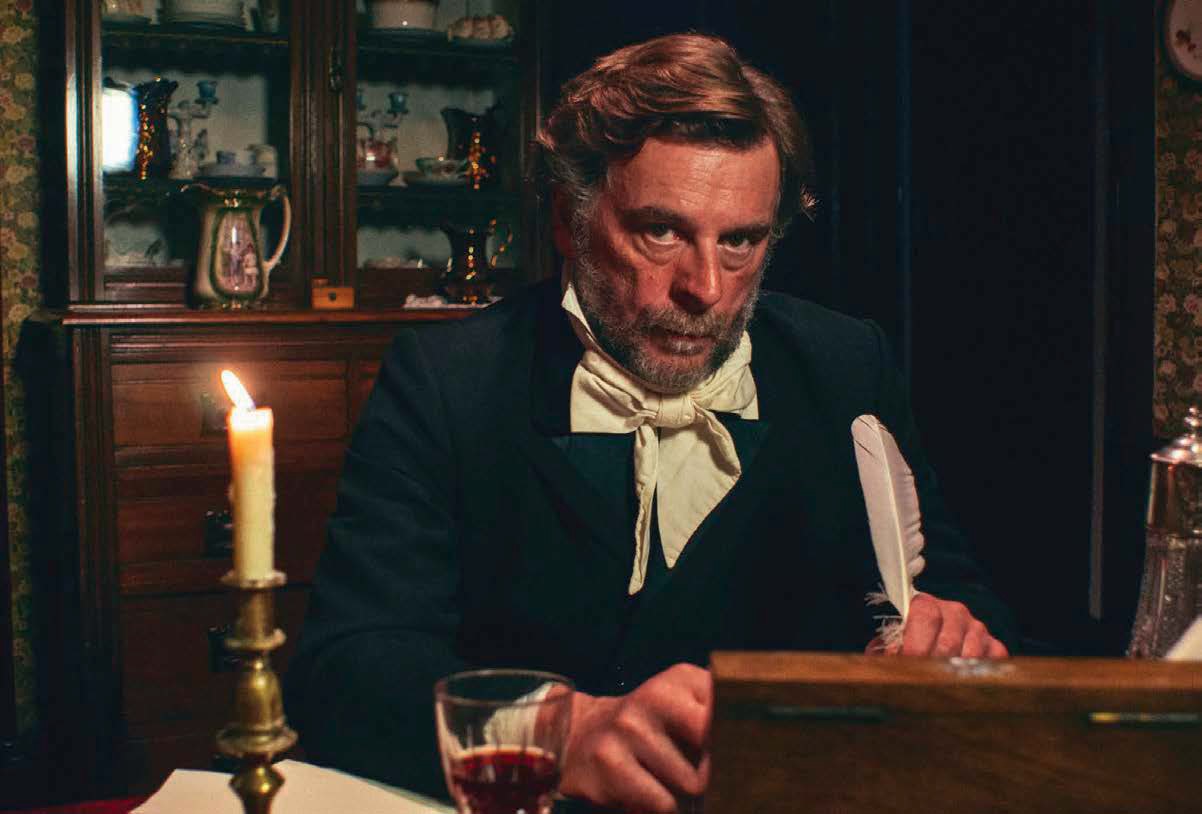
The Assynt murder shocked a Highland community
The 19th-century killing of popular pedlar Murdo Grant by a local gambler and drunk cast a dark shadow over a strong Highland community.
In October 1830, the newspapers carried a story that would not be amiss in today’s tabloids.
It had it all: villainy, drunkenness, a life spiralling out of control and a dark murder in the midst of beauty. And the final irresistible touch? The testimony of ‘Kenneth the Dreamer’, a man with second sight, whose mysterious dream provided the final piece of evidence that would see a man swing.
The story is set in Assynt, which had been brutally cleared by the Earl of Sutherland a few years before the murder. The remaining population, though poor, had a strong community built on kirk and trust. But in the 1820s, a young local man tore that community apart.
Two miles from the village of Drumbeg was the remote and desolate township of Lynmeanach, made up of two mean houses. In one lived 21-year-old Hugh Macleod with his family; in the other, a poor widow and her blind daughter. Records suggest that Macleod was a much-loved child who was, despite the family’s poverty, better educated than many of his peers. For a time he was a teacher and young Macleod looked set for a brighter future, but in his late teens he discovered the delights of alcohol and women, began to lose at cards and developed a taste for sartorial elegance well beyond his budget.
‘We have to get away from the idea that everybody who was living in Assynt in the 1820s was completely poverty stricken,’ says historian Dr Malcolm Bangor-Jones. ‘Young people in particular were spending money, they were consumers in a way that we would probably recognise today. They enjoyed their coloured clothing and Macleod looked on with envy.’
Heavily in debt, he turned to crime, breaking into a tailor’s shop where he stole three lengths of tweed to make a new suit. Then, whilst everyone was at church, he broke into his neighbour’s house and stole £2 – a large amount of money, and all the savings that widow Mackenzie had.
Norman Macleod, a retired CID officer living in Inverness, has studied Hugh Macleod’s life. He thinks this theft is particularly significant. ‘Some crimes are worse than others, and I think anyone who’s gone low enough to steal money from the elderly demonstrates real desperation,’ he says. Macleod’s descent was about to take a darker turn.

Murdo Grant played by Daniel Cahill in the 2016 BBC ALBA documentary (Photo: BBC ALBA/Sorbier Productions)
Murdo Grant was a pedlar, or packman, who made his living selling clothing and goods. He was a clever, popular man who enjoyed local hospitality as he travelled through Sutherland.
We know from evidence given at his trial that Grant was carrying around £40 worth of stock in his pack, a small fortune at the time. He attended a wedding in a village close to Macleod’s home on 11 March, where he did a good trade. He was never seen alive again. A month later, his badly decomposed corpse was spotted floating in a remote loch close to Macleod’s home.
A large crowd from Drumbeg gathered to watch as the body was pulled from the loch and the prevailing opinion was that it was suicide. Macleod stood apart, watching the proceedings from a nearby hillock, with what some witnesses later described as disinterest, but others as disdain.
News of the suicide reached the local minister, who decided to investigate further. He and two farmers travelled to the loch, took one look at Grant’s battered body and determined that it was murder. With no police force yet in Scotland, the investigation was placed in the hands of Sheriff Lumsden, the Earl of Sutherland’s right-hand man.
The sheriff conducted a thorough investigation, taking over 50 witness statements and instigating a post-mortem at the lochside.
‘I would have certainly had him on my team when I was a detective,’ says Norman Macleod.
‘He was incredibly sharp and capable. Imagine two hundred years ago, they had none of the forensics we have: no cameras, no DNA samples, no fibres, no blood, no footprints – nothing like that at that time.’
The money trail led to Macleod, who had gone on a conspicuous spending spree, buying new clothes, repaying debts, standing drinks and even ordering a gun. A search of his parents’ barn revealed goods which could only have come from Grant’s pack. Macleod was arrested, interrogated and charged.
The trial began in September 1830. According to The Inverness Courier, Macleod sat in the dock ‘listless with indifference’ throughout. But the packed courtroom was about to experience something absolutely astonishing.
Near midnight the atmosphere changed. For the last time ever in a Scottish court, second sight was admitted as evidence when Kenneth Mackenzie, a young man, testified that he had dreamt where Macleod had hidden Grant’s pack: a dream that led the Sheriff to a hidden cache of goods.

Sheriff Lumsden played by Gilly Gilchrist (Photo: BBC ALBA/Sorbier Productions)
Second sight was not uncommon in the Highlands at the time. But if the locals were prepared to believe Mackenzie, the Sheriff and the Court were not. Mackenzie’s testimony was largely dismissed, with Lumsden ascribing the ‘dream’ to the effects of a half-remembered drunken confession Macleod had made to Mackenzie in the midst of a three-day drinking session shortly after the murder.
After 24 hours the prosecution rested. Macleod was found guilty and sentenced to death and dissection, one of the last men in Scotland to suffer this fate. The Inverness Courier described the change that came over him: ‘No language can convey an idea of the awful state of the unfortunate criminal on being removed to his cell. He tossed himself about in a manner which indicated the poignancy of his feelings, and the secret workings of his heart.’
Almost immediately Macleod confessed. Three weeks later, having written his full confession and letters to his family begging forgiveness, he was led to his death. Bangor-Jones describes the execution as ‘pure theatre, from beginning to end’. Macleod, dressed in a black robe, was dragged through the streets to the gallows, followed by a crowd of eight thousand. With the rope around his neck he gave an impassioned speech exhorting young people to avoid his mistakes:
‘I entreat you to abstain from whisky,’ he said from the scaffold. ‘Were I to live for a hundred years, never would I put a glass to my mouth, and never would I hold a card in my hands, nor hold conversation with lewd women.’
His body was cut from the gallows, crammed into a square box, packed in salt, and sent to Edinburgh to be dissected by the world-renowned anatomists: a final ignominy designed to ensure that even in death, the brutal murderer of a popular man would be denied a burial and the chance to rest in peace.
A Dream of Death/Bruadar a’ Bhàis, produced and directed by Diane Maclean of Sorbier Productions, was aired on BBC ALBA in 2016.
(This feature was originally published in 2016)
TAGS

